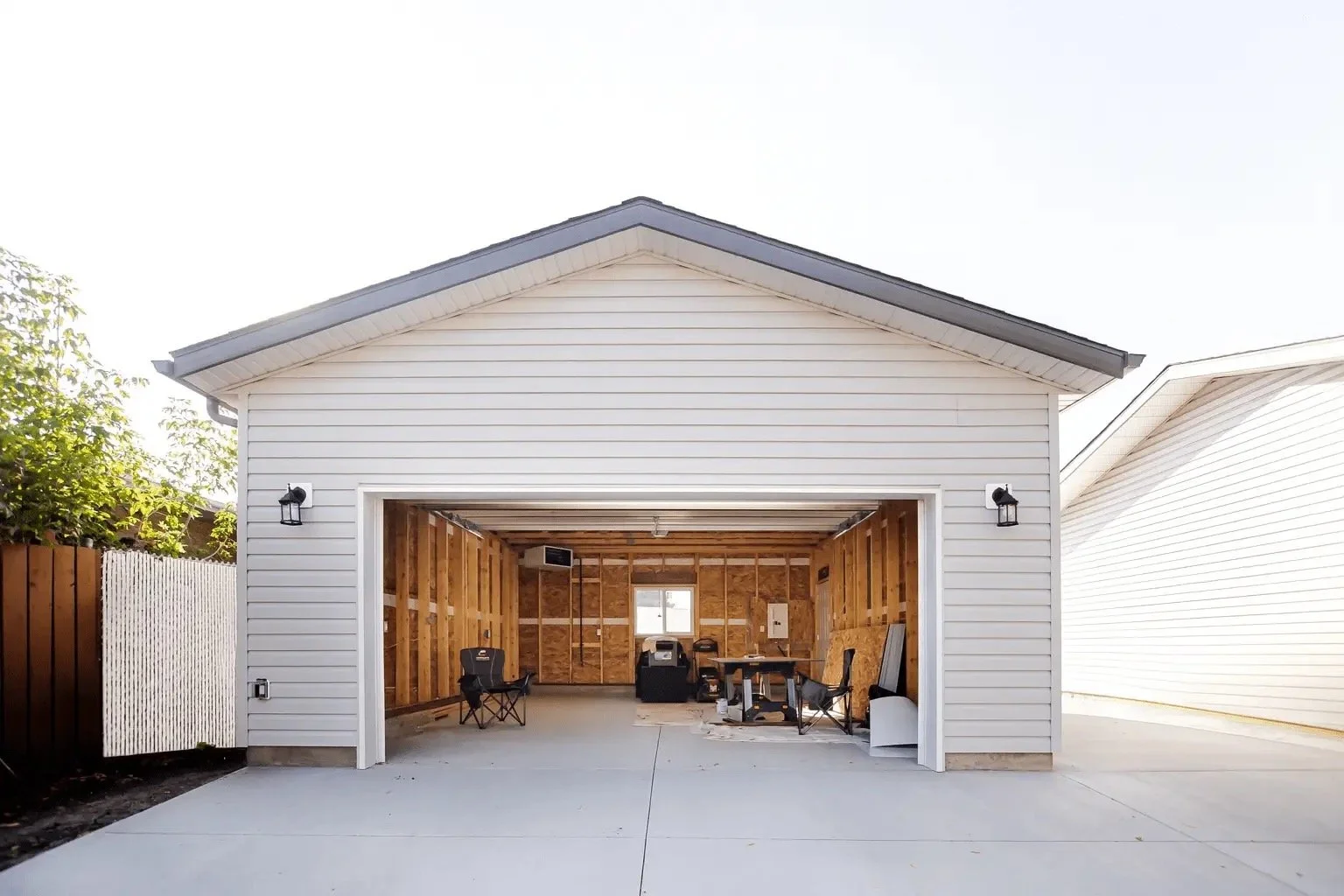The Top 7 Tree Care Mistakes Homeowners Should Avoid
As homeowners, we all want to have a beautiful and healthy yard, filled with vibrant trees that add to the overall appeal of our homes. However, taking care of trees can be deceptively challenging and requires more than just occasional watering.
Many homeowners make certain mistakes when it comes to tree care that can harm the health of their trees and pose safety risks. Read on to learn about the top 7 tree care mistakes that homeowners should avoid.
Ignoring Tree Pruning
As much as we admire the grandeur and shade that trees provide, we must not overlook the importance of pruning. Unfortunately, many property owners often neglect to carry out this crucial task, disregarding the negative impact it might have on the tree's health and surrounding environment.
Failure to prune trees regularly will result in overgrown branches that can become hazardous during storms and high winds. In addition, overcrowded trees may also compete for light and nutrients, leading to stunted growth and weakening of the tree's overall structure. If you don't know how to tackle this task on your own, you can use professional tree care services to do the job. After all, it's better to be safe than sorry.
Overwatering or Underwatering
Trees have specific watering needs, and providing too much or too little water can be detrimental to their health. Overwatering can lead to root rot, making it challenging for trees to absorb nutrients and causing them to wilt and eventually die. On the other hand, underwatering can result in drought stress, causing leaves to turn yellow and eventually fall off. To avoid these problems, water your trees deeply but infrequently: it allows the roots to absorb water more efficiently and encourages deep root growth.
Planting Trees Too Deeply
When a tree is planted too deep, it can suffocate and die. Most trees have a root flare, which is the area where the trunk widens at its base. Planting a tree too deeply covers this essential part of the tree that needs access to air and nutrients.
In this case, you want to dig a wide hole, but only deep enough to accommodate the tree's root ball. The root flare should be above ground level, and you can use it as a guide when planting so that the tree is at the same depth as it was in its container or root ball.
Using Incorrect Fertilizers
Fertilizing the wrong type or amount of fertilizer can do more harm than good. Trees have specific nutrient needs, and applying too much fertilizer or using a type that is not suitable for your tree species will cause chemical burns or nutrient imbalance.
If you experience this problem, it's best to consult an arborist or a tree care professional such as experts from N J Apps Tree Surgery who can give you advice on the proper fertilization schedule and type of fertilizers to use. No one wants to see their trees suffer that kind of damage, so take the time to do some research and get it right.
Neglecting Mulch Use
Aside from the aesthetic appeal, mulching retains soil moisture, regulates soil temperature, and minimizes weed growth. Still, many homeowners don't take advantage of this fantastic gardening technique, or they use mulch incorrectly.
Make sure to apply a layer of organic mulch, such as wood chips or shredded leaves, around the base of your trees. Avoid piling it up against the trunk; instead, spread it evenly in a flat layer. Remember to periodically check and replenish the mulch when necessary as it can decompose over time.
Damaging Tree Roots with Lawn Equipment
Did you know that your lawn equipment could be harming the trees in your yard? Careless use of lawnmowers and weed trimmers may seem harmless at first, but they can actually be the reason behind damage to tree roots.
If you notice signs of damage, such as a lack of growth or wilted leaves, it's important to take action to help the tree recover. For small wounds, you can use a tree wound dressing to protect the exposed area. For more severe damage, consult a professional for guidance on how to save the tree.
Ignoring Pest and Disease Signs
As a tree owner, you must be aware of all the different pests and diseases that can harm your tree. Failing to recognize and treat these signs early and consistently can lead to severe damage or even loss of your tree.
Some pests can bore into the trunk while others can eat away at the leaves or sap of the tree, and diseases can spread rapidly and cause irreversible harm. Once you spot these signs early, you can protect your tree and preserve its health.
Maintaining the health and beauty of your trees requires attention to detail and proactive care. By avoiding these 7 common tree care mistakes, you can ensure your trees thrive for years to come. The key to successful tree care lies in understanding the specific needs of your green companions and addressing any issues promptly. Should you feel overwhelmed, don't hesitate to consult with a professional arborist who can offer expert advice and intervention.







